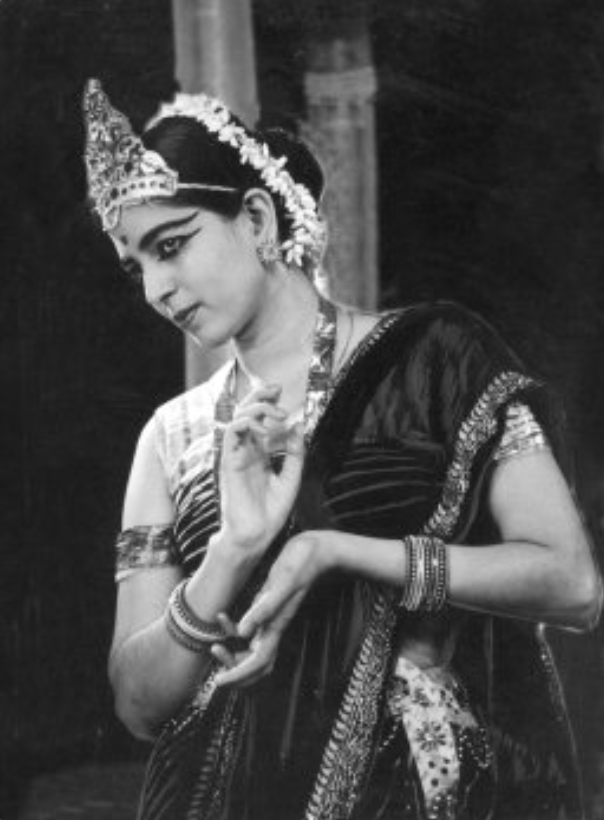In January 1994, an Act of the Indian Parliament recognised the Kalakshetra Foundation as an 'Institute of National Importance'.
Year-long celebrations, including lectures, seminars and festivals marked her 100th birth anniversary, on 29 February, in 2004 at Kalakshetra and elsewhere in many parts of the world, At the campus the day was marked by special function in which old students gathered from across India and the world, in a day of songs and recitals. Also on 29 February, a photo exhibition on her life opened at the Lalit Kala Gallery in New Delhi, and on the same day, then President APJ Abdul Kalam released a photo-biography, written and compiled by Dr Sunil Kothari with a foreword by former president R Venkataraman.
She was the first woman in Indian history to be nominated as a member of the Rajya Sabha, the upper house of the Parliament of India. The most important revivalist of Bharatanatyam from its original 'sadhir' style prevalent amongst the temple dancers, the Devadasis, she also worked for the re-establishment of traditional Indian arts and crafts.
She espoused the cause of Bharata Natyam which was considered a vulgar art. She 'sanitised' and removed the inherent eroticism of Sadhir to make it palatable to Indian upper-caste elites and the British morality of the era.
Rukmini Devi features in India Today's list of '100 People Who Shaped India'. She was awarded the Padma Bhushan in 1956, and the Sangeet Natak Akademi Fellowship in 1967.
In 2016, Google honored Rukmini Devi on her 112th birthday with a doodle, and later in the month marking the 80th year of the Kalakshetra Foundation held, 'Remembering Rukmini Devi’ festival of music and dance. Google also featured her in the 2017 Google Doodle for International Women's Day.
